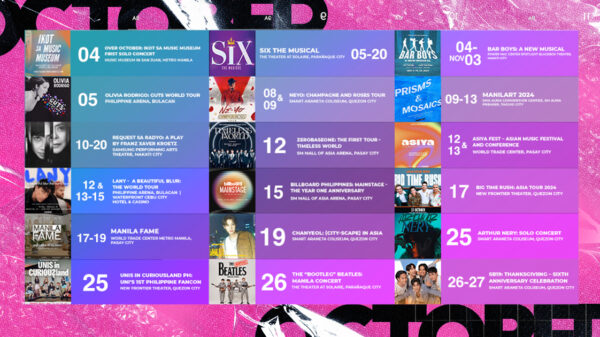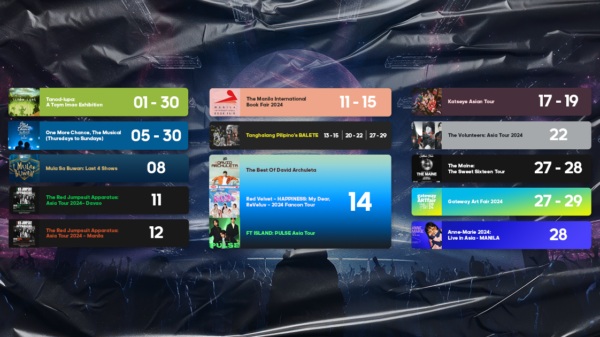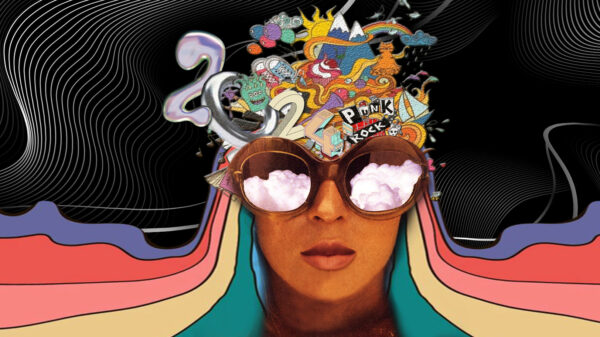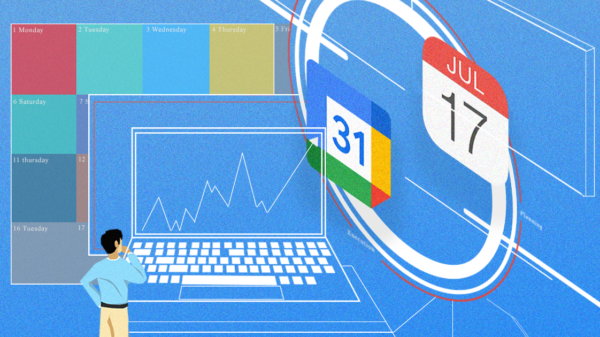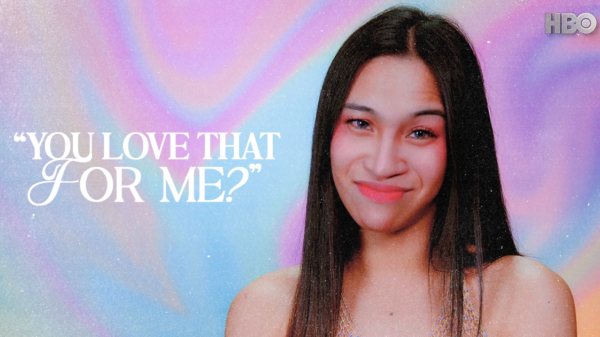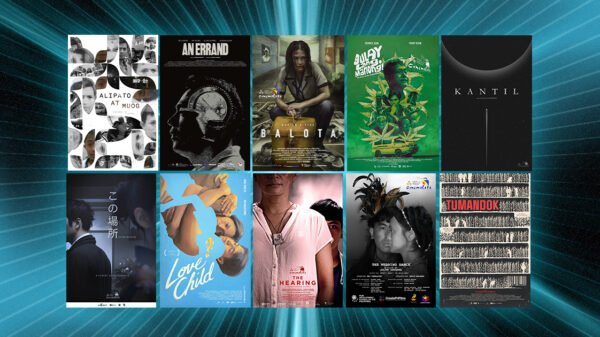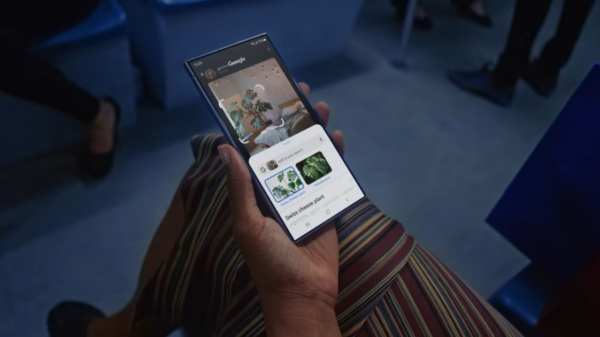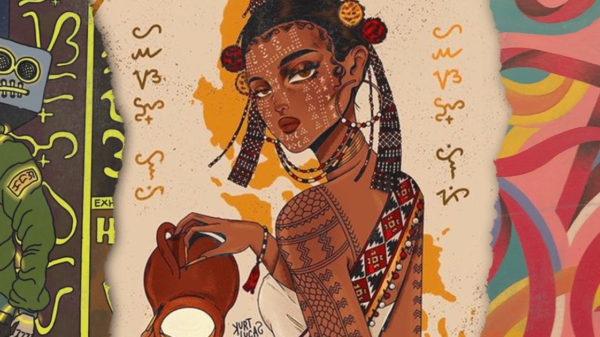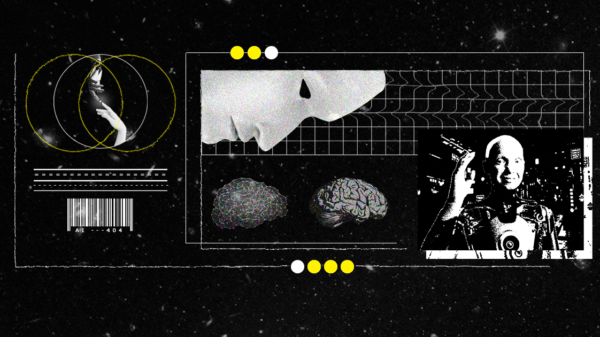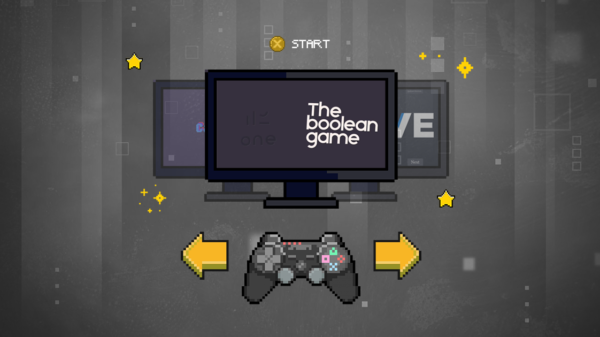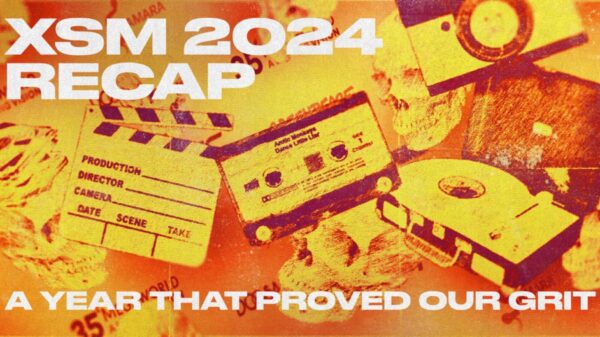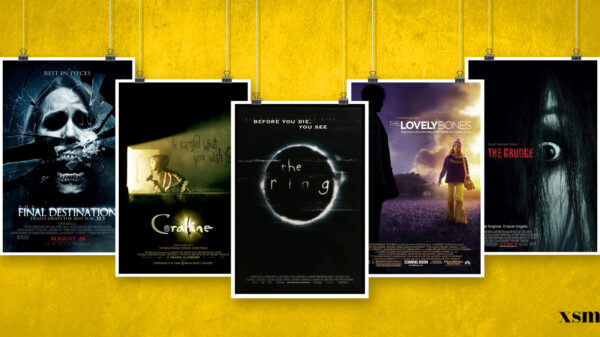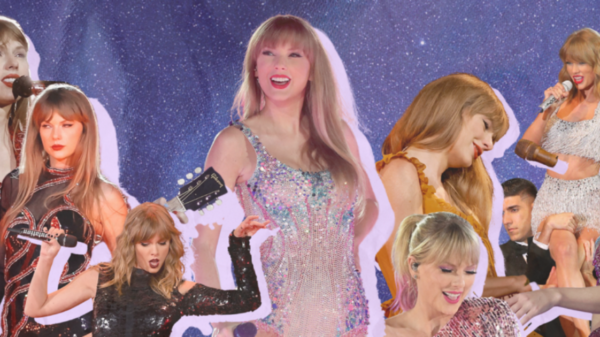Have you been streaming Sped-up songs lately?
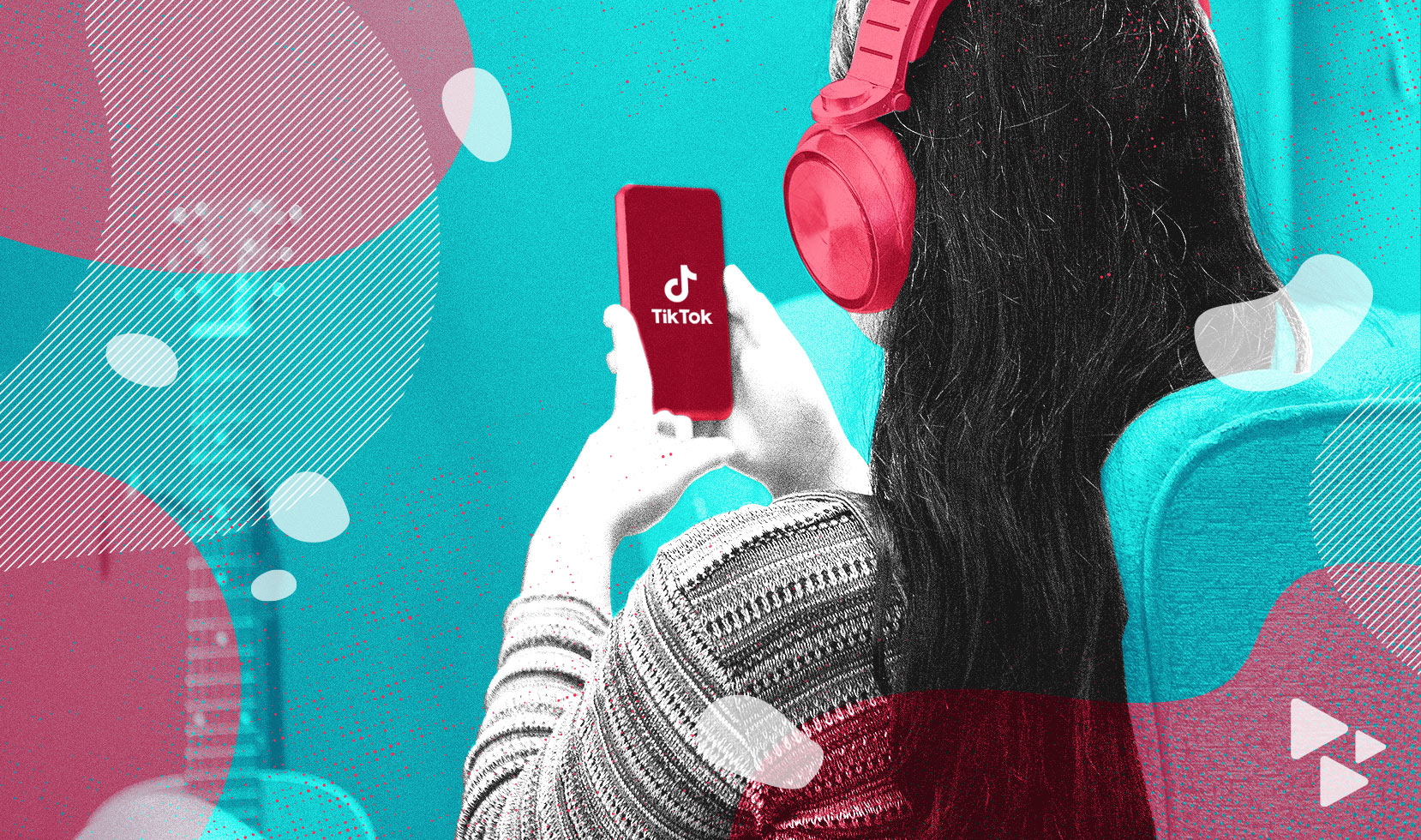
Music stimulates your mood. And lately, sped-up songs are begging to be part of my playlist. But doesn’t it ruin the music itself?
What are sped-up songs and why is it so popular?
The trend of using sped-up songs on social media platforms such as TikTok and Instagram is not a new phenomenon. In fact, it can be traced back to the early days of YouTube, where users would often create and share videos of songs sped up or slowed down. The musical trend has roots in the early 2000s as the music trend Nightcore was introduced.
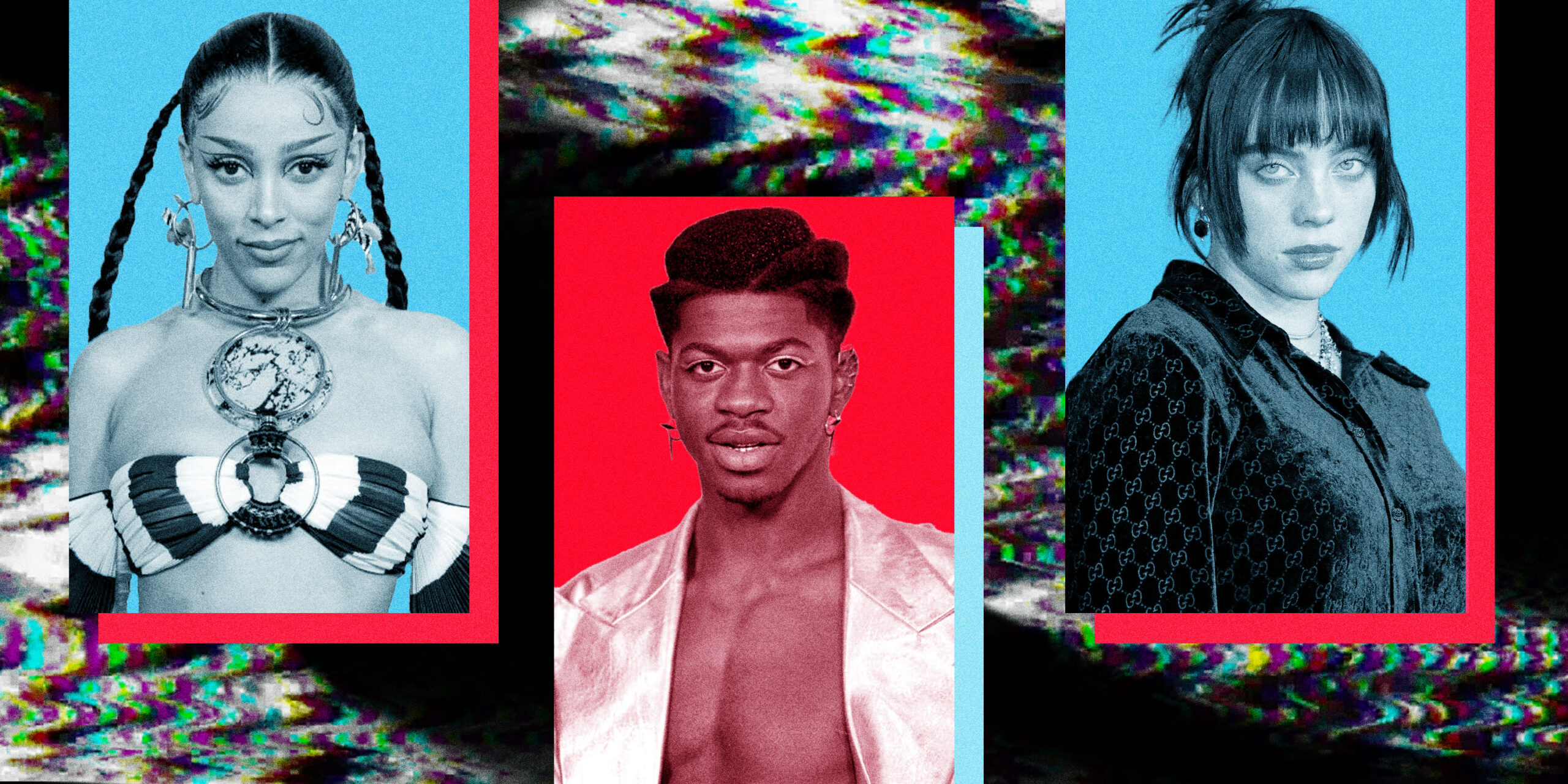
‘Nightcore’ is characterized by a sped-up melody, fast rhythmic beat, and especially higher than normal pitch. Almost all nightcore music are original songs nightcored by nightcore fans. Its music is accompanied by a visual of an anime character artwork once streamed on YouTube. It was headed by a Norwegian music duo of Thomas S. Nilsen and Steffen Ojala Soderholm, known as the group Nightcore. Nightcore was characterized as a style of music that makes versions of songs happier.
Sped-up songs are made popular because of the people who create content using these types of sounds. Some people use it to create a dance challenge, a transition edit, vlogs, and other similar content. Speeding up the song makes it a more upbeat and lively sound that makes people feel entertained and engaged. Perfect examples of a sped-up songs in both platforms and social media community include songs from SZA, The Weeknd, LANY, Harry Styles, Keshi, Sabrina Carpenter, and many more.
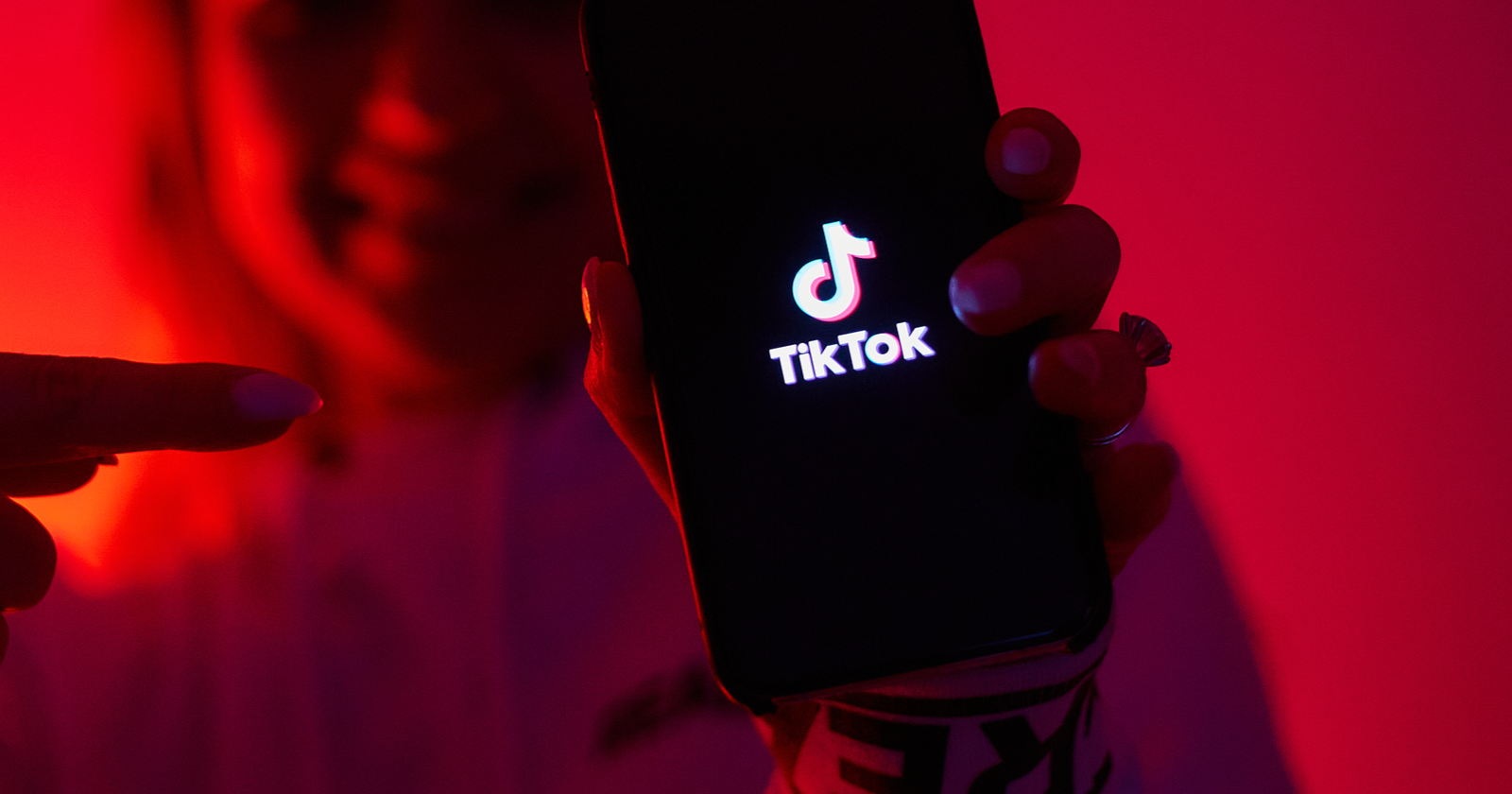
But the recent, most famous song up to be on the sped-up song list is SZA’s Kill Bill. Through the spike of content under that sound, the TikTok community has contributed to its #2 high in the Billboard music charts. Its organic reach and engagement is attributed to the challenges made and done as more people hop in to the trend. The original song with its normal tempo gets spiced up by increasing the speed by 30%- 50% or increasing tempo. The platform’s algorithm favors videos that are engaging, creative, and visually interesting. As more and more users began to incorporate sped-up songs into their videos, the trend gained momentum and spread to other social media platforms.

In A Nutshell
On the other side, sped-up songs give good effects like a listener having an increased energy, inspires creativity, and timing through context. However, every good side has its bad sides, the legit consequences. Most of the sped-up songs lead to misrepresentation, hearing loss, and overuse. Quick remixes give specific impact on the brain. The success of sped-up songs online says about a part of what’s going on with the music industry in general. Sped-up songs on TikTok are undoubtedly one of the most popular categories on the platform and we can’t stop it from happening.
In an easier understanding, sped-up songs is about removing pauses, intricate instrumental breaks, and slow moments within the song– it kinda invites the listener to focus on the vibe, rather than on the song’s meaning.

The main concern is, real music loses its meaning– people riff on the ideas, make the most out of the effects they can ever find, create something new out of it, and it just becomes a whole new thing. But one thing is for sure: fans are powerful enough in participating and experimenting with these sped-up songs and slowed-down songs.
CONCLUSION
Sped-up music, chipmunk version of songs, and Nightcore are available and they’re streamed by various groups of people in all sides of the globe. Because of the algorithm TikTok has, it has been easier to be exposed to these type of music or videos as users are given a set of stuff to go through.
Music versions such as these give sounds more emotional and exciting. It is perfect for the TikTok algorithm as it will stop people to grab attention, make them stop scrolling, and make the audience feel something. With people’s decreasing attention spans, rapid-fire tracks keeps people in focus as it gets to the point without wasting a second. Additionally some songs are good sped up and it helps creators bypass copyright laws in social media.







